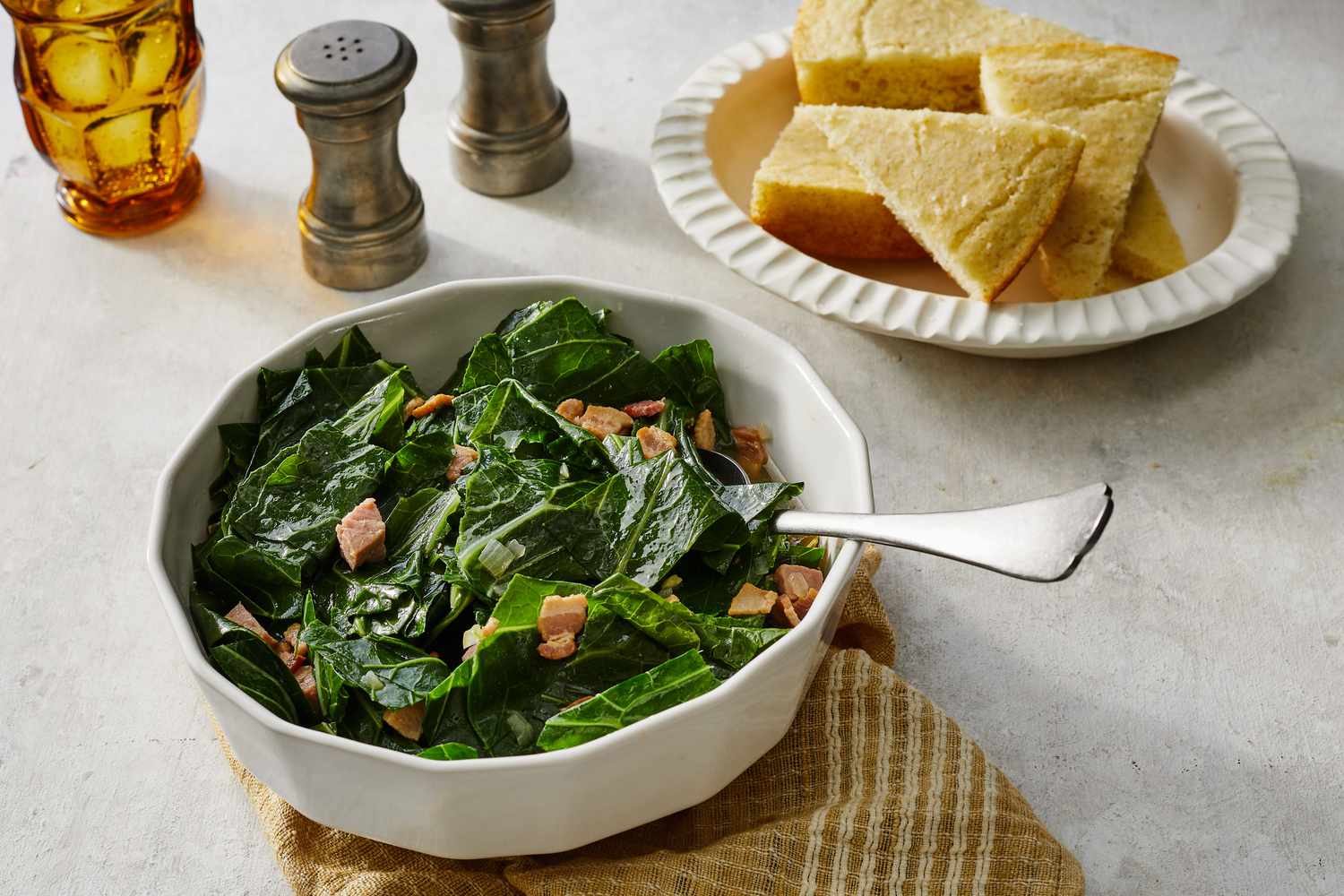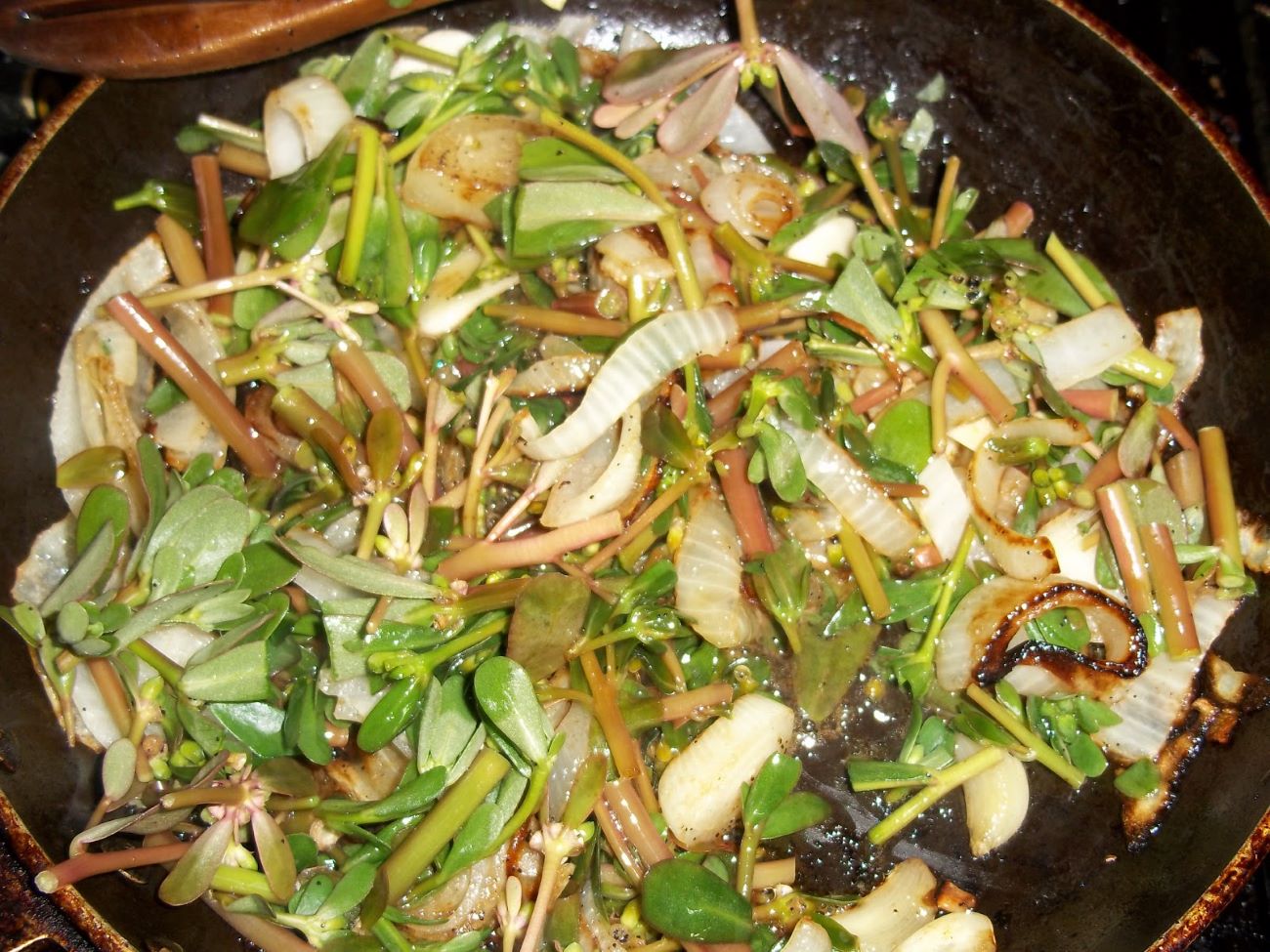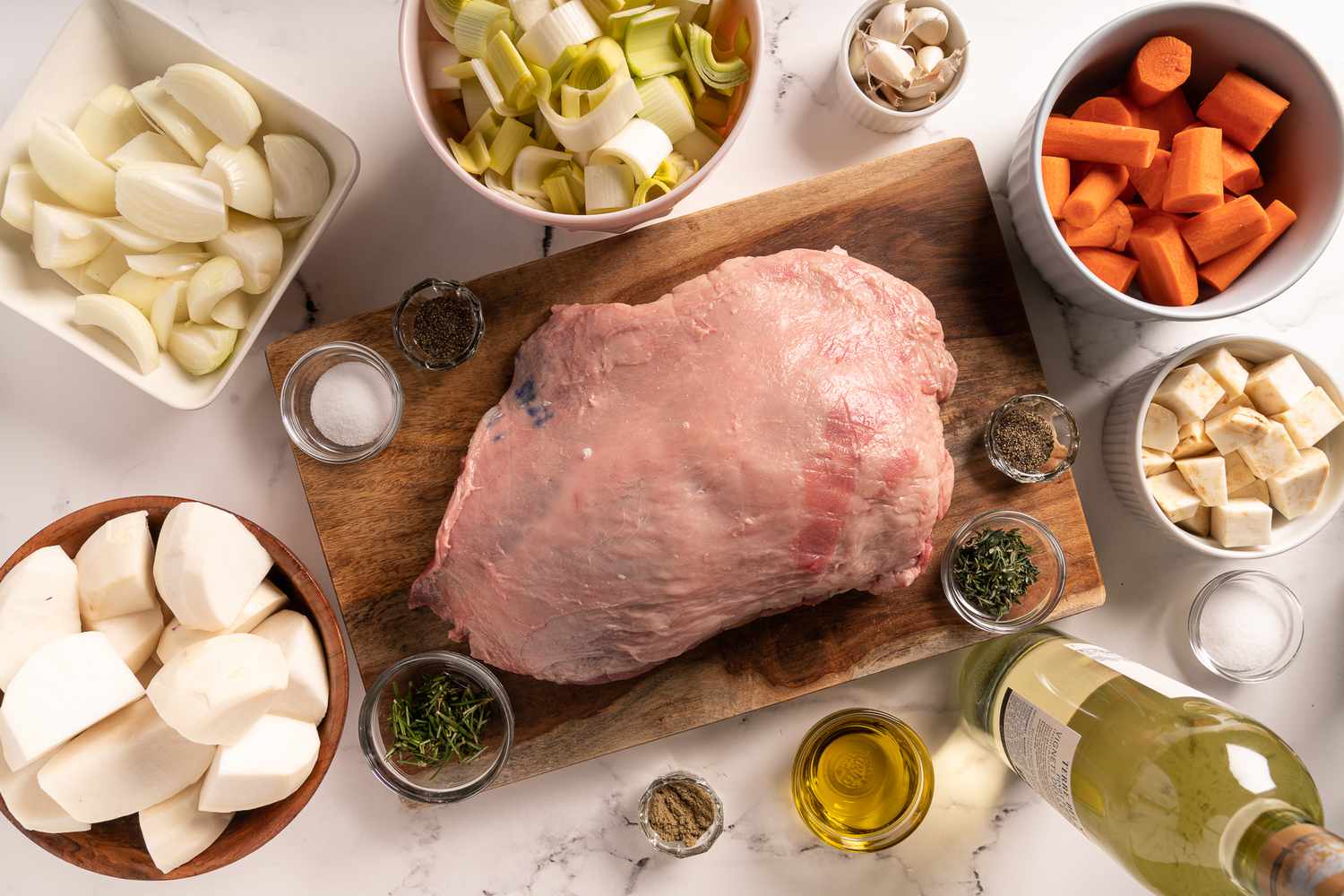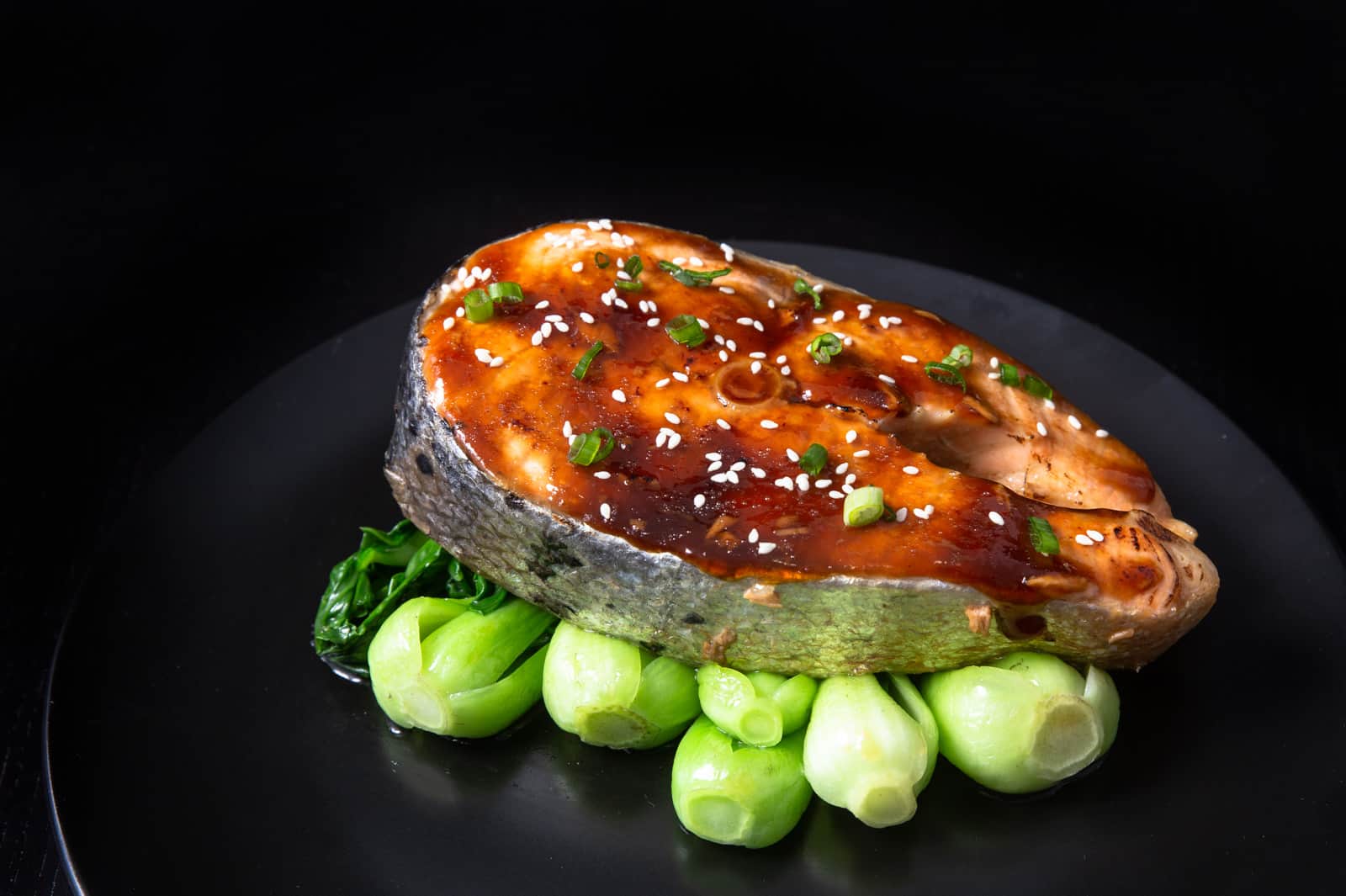Delicious and Nutritious: Mastering the Art of Cooking Healthy Vegetables
Vegetables are a crucial part of a balanced and healthy diet, providing essential vitamins, minerals, and fiber. While some may find vegetables bland or boring, with a little creativity and know-how, you can transform them into mouthwatering dishes that not only taste great but also nourish your body. Follow these tips to become a pro at cooking healthy vegetables:
1. Choose Fresh and Seasonal Vegetables
The key to getting the best taste and nutritional value out of your vegetables is to choose fresh, seasonal produce. Look for vibrant colors, firm textures, and no signs of wilting or decay. Local farmers’ markets are an excellent source for fresh, organic vegetables, allowing you to support local producers while enjoying the peak flavors of the season.
2. Prep Your Vegetables Properly
Before cooking vegetables, it’s essential to prepare them correctly. Start by washing and peeling if necessary. Chop or slice them into uniform sizes to ensure even cooking. Remember to keep the edible parts, such as peels and stems, whenever possible, as they often contain extra nutrients and fiber.
3. Steam for Ultimate Nutrition
Steaming is one of the healthiest ways to cook vegetables as it retains most of their nutrients. Invest in a steamer or use a steaming basket for best results. Place your vegetables in the steamer and add a minimal amount of water. Cover and steam until they are tender yet crisp. This cooking method not only preserves the vibrant colors and flavors but also helps avoid adding excessive oils or fats.
4. Roasting: Enhancing Flavors and Textures
Roasting vegetables in the oven is a fantastic way to bring out their natural sweetness and create delicious caramelized flavors. Simply toss your veggies in a mixture of olive oil, salt, and spices of your choice. Spread them evenly on a baking sheet and roast at a high temperature until they are golden brown and crispy. Roasted vegetables, such as Brussels sprouts, carrots, or cauliflower, make for a delightful side dish or a flavorful addition to salads and grain bowls.
5. Stir-Frying: Quick and Colorful Delights
Stir-frying is an excellent technique to retain the crunchiness and vibrant colors of vegetables while adding a burst of flavor. Heat a small amount of oil in a wok or a large skillet over high heat. Add your favorite vegetables and stir constantly for a few minutes until they are cooked but still crisp. Don’t be afraid to experiment with different sauces, spices, and herbs to create unique flavor combinations.
6. Experiment with Healthy Sauces
One great way to add excitement to your vegetable dishes is by incorporating healthy and flavorful sauces. Try making your own vinaigrettes, pesto, or yogurt-based dressings. These sauces can elevate the taste of your veggies while providing additional nutrients. Explore recipes online or get inspired by culinary traditions from around the world.
7. Embrace Veggie-Centric Recipes
Instead of treating vegetables as just a side dish, why not make them the star of your meal? Explore vegetarian or vegan recipes that showcase vegetables as the main attraction. From hearty vegetable lasagna to vegetable stir-fry with tofu, the possibilities are endless. Broaden your culinary horizons, experiment with different flavors, and discover new favorite dishes while reaping the health benefits of a plant-based diet.
In conclusion, cooking healthy vegetables doesn’t have to be a daunting task. With a little creativity and a willingness to try new techniques, you can transform these nutrient-packed ingredients into delectable dishes that will satisfy your taste buds and nourish your body. So, head to your nearest farmers’ market, pick up some fresh produce, and let your culinary adventures begin!
Was this page helpful?
Read Next: How To Cook Cabbage For Egg Rolls











